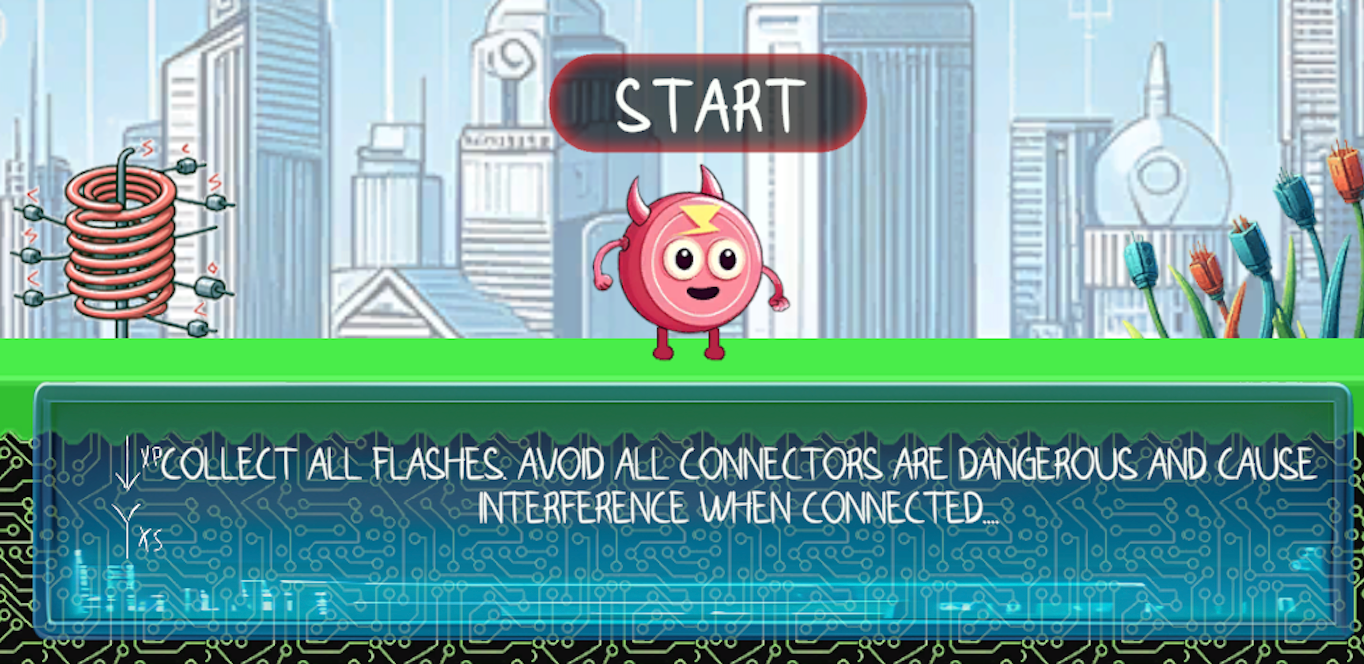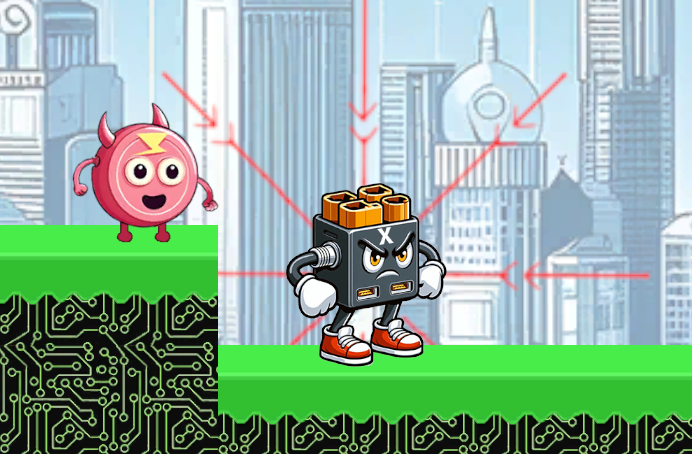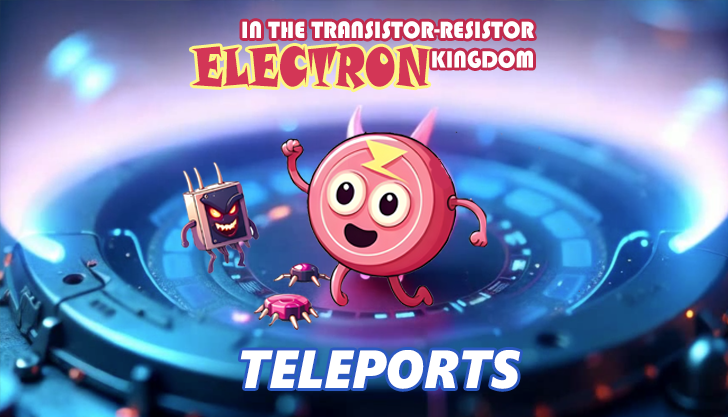Connectors: Interfere with in-game connection
27 Sep 2024

Connectors play an important role in transmitting signals and electricity between different parts of electrical and electronic systems. Despite their functionality, they often become a source of interference, which can lead to deterioration in the quality of signal transmission and a decrease in the reliability of the entire system. Let's look at the main causes of interference in connectors and methods for minimizing them in a computer game.
1. Causes of interference in connectors
Transition resistance: Connectors have contact surfaces that are exposed to the environment and can oxidize or become dirty. This leads to an increase in transition resistance, which causes unstable signal transmission and possible interference.
Contact inductance and capacitance: Each connector contact has its own inductance and capacitance, which can distort the signal shape and cause electromagnetic interference (EMI).

Mechanical vibration and shock: Mechanical impact on the connector can cause a temporary loss of contact or the appearance of interference in the form of signal bounce.
Impedance Mismatch: When the impedance of the connector and the components being connected is different, the signal is reflected, causing distortion and possible interference.

2. Types of Interference
Electromagnetic Interference (EMI): Caused by external electromagnetic fields or by parasitic inductances and capacitances within the connector itself.
Transient Interference: Occurs when the connector is turned on or off, when the contact resistance temporarily changes.
Contact Interference: Occurs when the contact between the surfaces being connected is unstable or poor, causing voltage spikes and current surges.
3. Methods for Reducing Interference in Connectors
Use of Quality Materials: Using materials with low contact resistance (such as gold or silver) reduces the likelihood of transient interference.
Stability of Mechanical Fixation: Strong, reliable connections with minimal play prevent interference from vibrations and mechanical impacts.
Shielding: Using shielding materials around connectors helps reduce electromagnetic interference.
Impedance Matching: Using connectors with an impedance that matches the devices they are connecting prevents signal reflections and associated interference.
Minimizing Parasitic Parameters: Connector design should minimize contact inductance and capacitance, which is especially important for high-frequency signals.
Cleaning and Maintenance: Regularly cleaning contact surfaces from dirt and oxidation reduces contact resistance and prevents interference.

4. Impact on Systems
Connector interference problems can manifest themselves as:
Signal Distortion: Signal shape distortion can lead to data transmission errors or system failures.
Reduced Noise Immunity: Increased radiation or susceptibility to electromagnetic interference can disrupt the operation of other system components.
Increased Power Consumption: Poor contacts and contact resistances increase energy loss, which can lead to overheating and component damage.
Use for games like Electron in the transistor-resistor kingdom.
5. Recommendations
When designing and selecting connectors, it is necessary to consider operating conditions such as temperature and mechanical loads, as well as the level of electromagnetic radiation.

Understanding and minimizing interference in connectors is critical to ensuring reliable and stable operation of electrical and electronic systems, especially in high-frequency and signal-critical applications.
Related games
Electron in the transistor-resistor kingdom
Game: Perform tasks and rest cool. 1126 people play!
Play gameRelated news
Platforms in the game Electron in the Transistor-Resistor Ki...
Platforms are the basic game elements in the platformer genre. They are surfaces or objects on which the player can move...
Read moreTeleport as a device for moving matter in space and time
This is a high-tech device that can instantly move a player from one point in the game world to another using plasma tec...
Read moreSound Speakers Embedded into Trees
These sound trees can produce atmospheric sounds such as birdsong, wind, or wildlife sounds, creating a relaxing environ...
Read more




